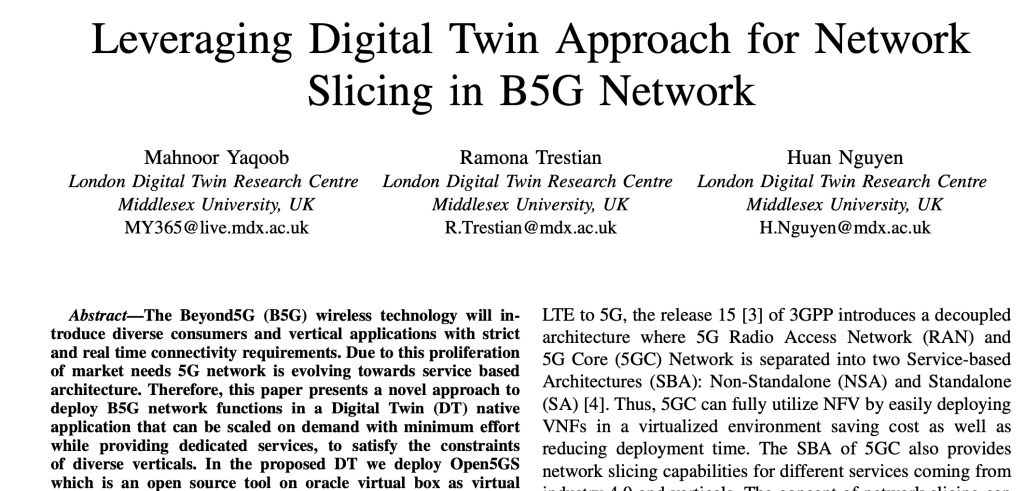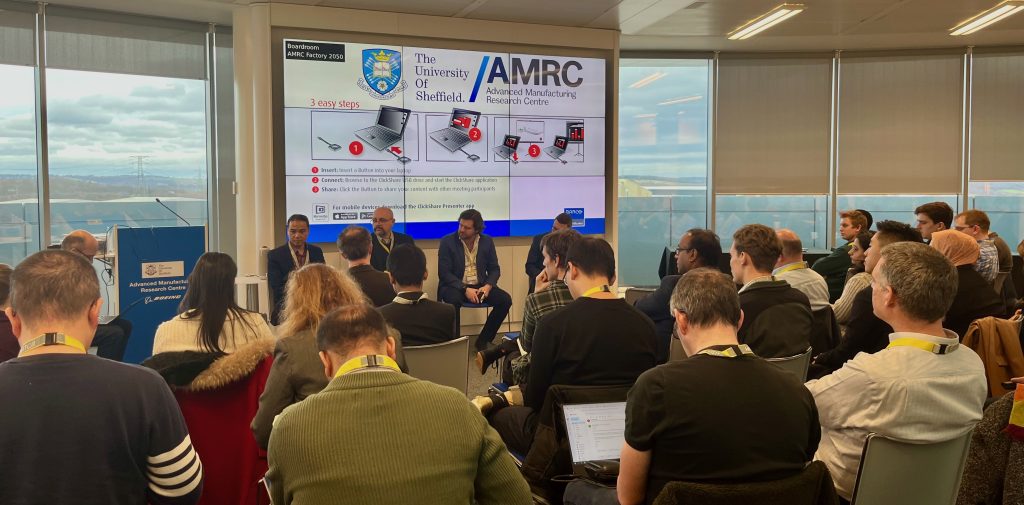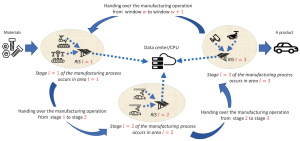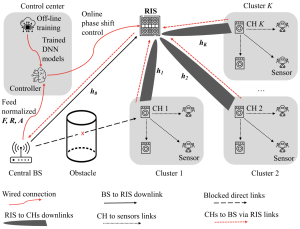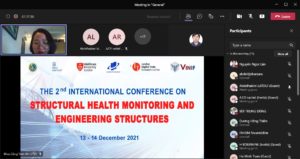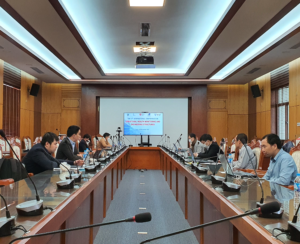By Huan Nguyen, William Davis, and Ciaran Sinclair
Formula 1 (F1) is a billion-pound sport that blends between entertainment (a show) and competition. It is arguably the most advanced, high-tech sport in the world. Each F1 team’s factory consists of 1000+ employees who works day and night to just produce two cars that only two drivers can drive them. It costs millions of pounds to produce a racing F1 car and the costs of development and operations throughout the year add up to further hundreds of millions. As many as 3000+ car parts are produced each week by each team. Teams invest heavily to just happily outpace other teams’ cars by a tenth of a second a lap when racing in a circuit of over 5km.
The two key things for a winning team: i) produce a very good racing car; and ii) be slick and efficient in operation as a team. Both of these can be decisively supported by one key technology: Digital Twin, because of its largely data-driven environment and the decision making is often made in real-time manner (in pressurised racing conditions).

 Continue reading “Formula 1 is Leading the Digital Twin Technology”
Continue reading “Formula 1 is Leading the Digital Twin Technology”

